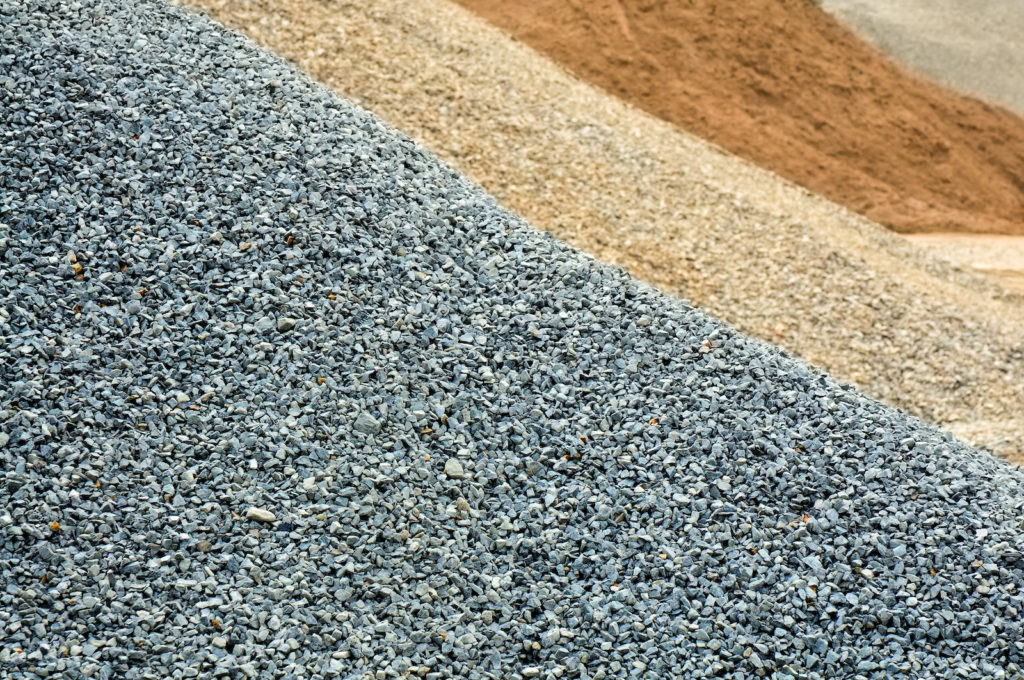The Secret Life of Aggregates: Finding Quality Materials for Construction Projects in New Mexico
If you are in the construction industry or dabble frequently in home and landscaping DIY projects, you have likely heard a lot of talk about aggregates. These are the granular materials such as sand, gravel, and crushed stone that makeup one of the main components of concrete. The other components, of course, being Portland cement and water. Aggregates are often thought of as nothing but filler material for concrete, but the quality of the aggregates can play a tremendous role in the final strength and quality of the concrete itself. So what makes quality aggregates? And what role do they play in the final properties of concrete? These are all questions worthy of a closer look!
A Closer Look at Aggregates and Their Role
Aggregates are the forgotten child of the construction industry. If concrete is the lifeblood of construction, aggregates are the plasma. They compose about 60-70% of all concrete mixes. Nobody talks about them though, most people don’t give them a second thought. After all, they’re just rocks, right? Right. But, just like everything in life, there is always much more to this story than first meets the eye. The production of aggregates was the beginning of concrete and other building materials which date all the way back to the Roman Empire, which means that so much of the modern world owes them at least a tip of the hat. Aggregates are the foundation of buildings, roads, and even bridges.
So What are Aggregates Anyway?
This unassuming mixture of rocks refers to raw materials produced naturally by this gravity-beholden rotating planet known as Earth. It is a combination of sand, gravel, and crushed stone. What we call aggregates are typically produced in pits and quarries, from which they are extracted. They require the use of a binding medium—like water and cement—to form compound materials or what we know as concrete. There are typically two categories of aggregates known to the common construction expert:
- Fine aggregates: These refer to natural sand or crushed stone.
- Coarse aggregates: When people speak of coarse aggregates, they refer to any particles greater than .19 inch. Gravel is the typical coarse component of aggregates.
How Are They Extracted and Converted to Indispensible Building Materials?
As mentioned above, sand and gravel are extracted from pits and quarries. Some types of raw materials can also be extracted from under the ocean waters. In order to produce quality aggregates, there is an entire process required. A conveyor draws out the raw materials. The extracted materials must then undergo a rigorous cleaning process that washes them of clay remnants and other unnecessary debris and materials.
Interesting Facts About Aggregate Extraction
A large portion of aggregates is extracted from rivers, lakes, and sea beds. Marine aggregates are also used to protect beachheads from erosion and replenishing coastlines.
So What Makes Quality Aggregates?
Good quality aggregates will make a difference in the final result of the concrete mix. Every construction project should use aggregates that are durable, clean, free of harmful chemicals or clay coatings that will have a direct effect on the hydration or reduce the paste-aggregate bond. Avoid these qualities in your raw material:
- Soft and porous material
- Brittle or susceptible to being split
- Certain kinds of stone like chert that have a low resistance to weathering
There will always be some variation when it comes to aggregates, but certain characteristics do affect the final properties of concrete. Important characteristics to consider include:
- Grading
- Durability
- Particle shape and surface texture
- Abrasion
- Absorption and surface moisture
There are several field tests performed to measure the quality of aggregates. When working on an important construction project, you can try these tests out yourself to ensure the integrity of the product you are using for your cement mix. The different tests include:
- Testing the surface moisture content and absorption: This will influence the water/cement ratio.
- Silt content test for sand: Ensures that the silt content does not exceed a certain amount.
- Sand bulking: Depending on the fineness of the sand, sand bulking can indicate if correction in the surface moisture content is necessary.
- Sieve analysis: This test checks the gradation of an aggregate.
A Look Beyond the Surface — Aggregates in Other Areas of Life
In addition to its role in construction—which is no small role— aggregates are also important for many of the materials we are surrounded with and by in our daily lives. Glass is made of sand, and we see glass in our homes, vehicles, schools, and more. Quartz, another common component in sand and gravel, provides necessary materials for electronic equipment and more.
Use Quality Materials for Optimal Performance and Longevity
Whether you are a subcontractor working on a small government project, a construction company building a school, or a weekend warrior building a shed in the backyard, you want to use quality aggregates to ensure the longevity and integrity of your work. Here at NM Ready Mix, it’s what we do best. We know sand and gravel like nobody’s business and service the entire Southwest region.
Need quality aggregates for your project? Contact NM Ready Mix today and get the best!


